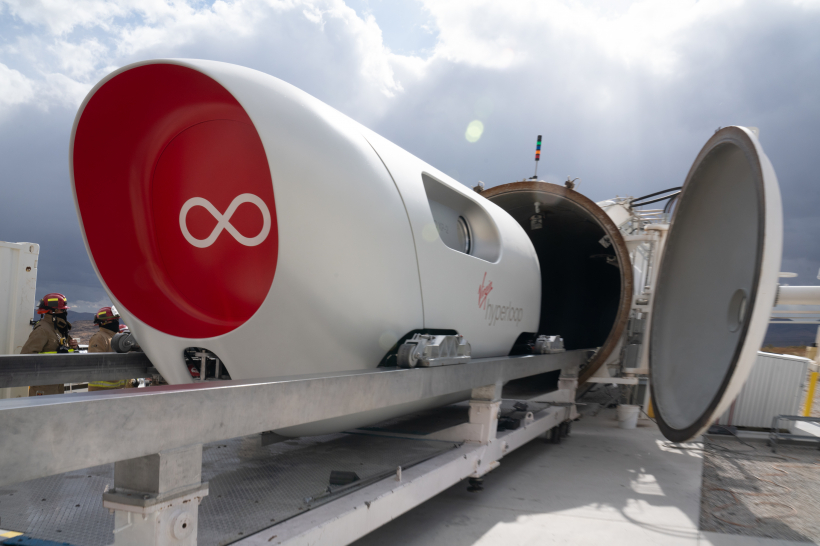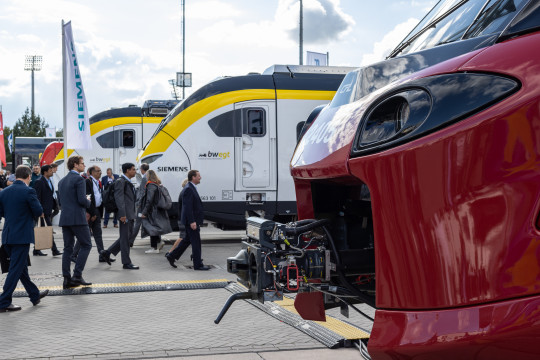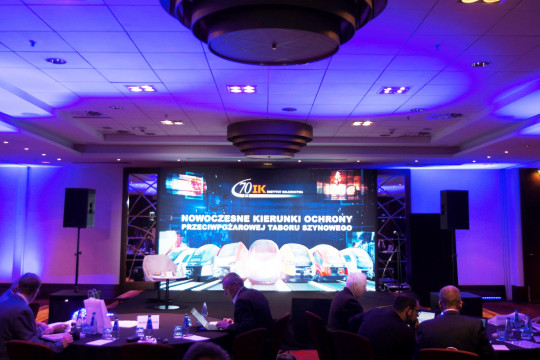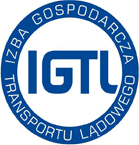
Virgin Hyperloop focuses on freight transport
Cargo
10 czerwca 2022

More than a year ago, Virgin Hyperloop became the first company to transport people via hyperloop - a high-speed transportation system that involves propelling floating pods through low-pressure tubes at proposed speeds of up to 760mph. But the US firm’s passenger venture appears to have reached its final stop. In February 2022, it was announced that almost half of Virgin Hyperloop’s workforce was being made redundant, with the company to refocus on delivering a cargo version of its experimental transport system.
Virgin Hyperloop stated the pivot was due to “global supply chain issues” caused by the pandemic, and that it was responding to strong demand for cargo services. Evidently, there is some sense in Virgin Hyperloop’s decision. However, the feasibility of passenger transport is also likely to have played a part. Operators must consider the comfort and safety of their passengers, for instance. Elon Musk’s proposed hyperloop line between Los Angeles and San Francisco proposed a limit of no more than 0.5 g-forces (gs), despite tests having found nausea occurs if 0.2gs is exceeded.
With global freight systems overburdened and demand only set to increase, this new mode of transport promises greater speed and efficiency that could help to ease the burden, and at lower costs than air or ship transport. According to digital shipping platform Eurosender, hyperloop freight could be eight times more cost-effective than transporting goods via air.
The way of thinking in the hyperloop space has moved. Virgin Hyperloop developers want firstly to get systems operational for freight, work on these engineering challenges, and make sure these systems are safe before you begin with the challenges of human transport.
Freight presents an easier challenge than passenger services, but there are still possible limitations for companies to consider. In the context of freight, you have to consider there is still a limitation on how fast you can accelerate, decelerate and corner when carrying inanimate objects because their chemical composition might change if the forces are too high.
Hyperloop is often proposed as an environmentally-friendly, carbon-free mode of transport. Virgin Hyperloop, for instance, states its systems will have a lower lifetime environmental impact than other alternatives, using 100% electric energy that can be drawn from solar panels covering its tubes. However, if it’s possible to draw sustainable energy to power a hyperloop, why can’t we ensure that electric trains are drawing energy from a sustainable source instead?
Then there’s the environmental impact of constructing hyperloop infrastructure. This would require a significant amount of concrete and steel, which are high in embodied carbon, as well as vast amounts of tunnelling. In 2018, Elon Musk’s The Boring Company was forced to abandon plans for an LA tunnel over its potential environmental impact.
Hyperloop does have its advantages. If speeds of 760mph can be achieved, it would prove more than three times faster than current high-speed rail systems. Likewise, inside a tube or tunnel, these systems would be less affected by the elements, and should an emergency occur, it would prove far easier to evacuate at ground level than at 30,000 feet in the air.
To sum up - it’s not a question of if a hyperloop system will be developed. It’s a question of when and what that system looks like.




